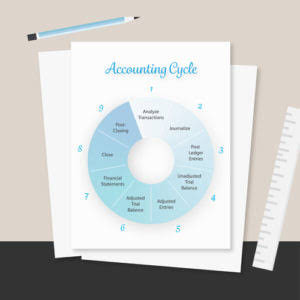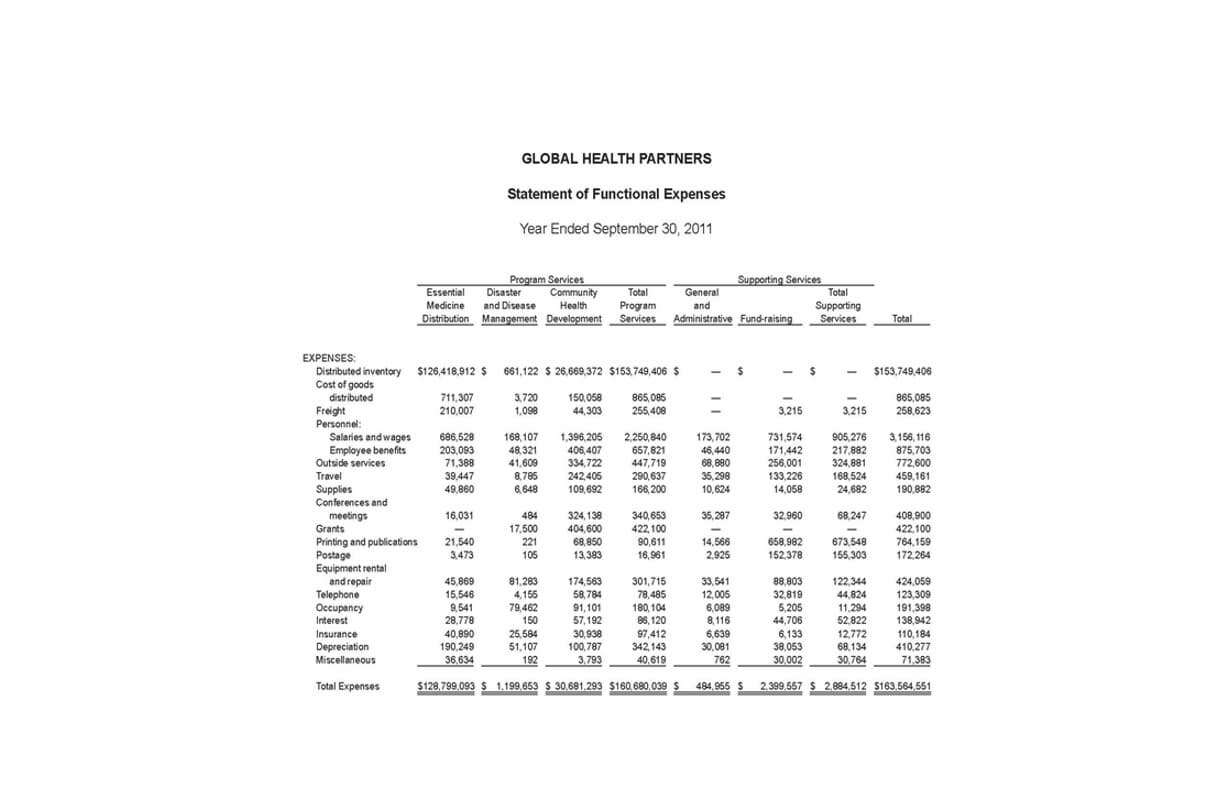
Using software tools specifically designed for this purpose can streamline workflows, reduce manual errors, and improve overall efficiency. When it comes to vendor data management, having a well-defined strategy is crucial for success. Here are some best practices that can help you develop and implement an effective vendor data management strategy. In addition to improving communication and decision-making processes, efficient vendor data management also promotes transparency between buyers and suppliers. By sharing pertinent information such as pricing structures or product specifications accurately and consistently through a centralized platform, both parties can align their expectations more effectively.
Choosing The Best Supplier Information Management Solution For Your Organization
Explore best practices for navigating every step of the process, from vendor selection to performance monitoring. If the supplier already has a working relationship with one of the enterprise’s organizations, the same process as above applies, but in this case, it is technically a supplier extension. As a procurement professional, you know the importance of ensuring that all materials and services delivered by vendors meet or exceed your standards for quality and performance. Through seamless organization of supplier inputs, a company can gather and evaluate more opportunities with these potential suppliers.

Supply Chain Consulting
Technology can greatly improve the management of vendor master files by automating processes, reducing errors, and increasing efficiency. Incorporating advanced technological solutions streamlines operations and integrates seamlessly with other business systems. Securing sensitive information within your vendor master file is crucial for protecting against unauthorized access, data breaches, and fraud. A robust data security framework helps mitigate risks and ensures compliance with regulatory requirements. At the core of effective vendor management lies something that often flies under the radar – the vendor master file (VMF). This database is more than just a list of contacts; it’s a vital repository of detailed information about every vendor a company works with, serving as the foundation for smooth and efficient operations.

How Vendor Master Data Management makes reporting easier

It streamlines processes related to vendor management and enables better decision-making through accurate and up-to-date information. The need for an organization to implement an efficient Supplier Master Data Management framework is to manage a vast array of supplier-related records. All pertinent information regarding the products and services being sourced from the suppliers would be included in this data, which is also referred to as supplier / vendor master data. Strict data entry regulations are necessary for maintaining data accuracy across all your company’s departments. This way, everyone feeding vendor data into the VMM system will follow the same data entry standards and regulations, creating an accurate and uniform vendor master file.
Strategy
Whether you’re looking to maximize diversity spend, optimize supplier diversification, or identify emergency sourcing options, the best available supplier data makes all the difference. You’ll end contracts with some vendors, others may go out of business and some may be seasonal vendors you engage with occasionally. On top of the naming conventions for vendors and primary contacts, you should set data entry regulations that dictate the technical and design parts of data entry. For instance, you can decide whether to use lower or upper case in all/specific fields and how many drop-down menus you need.
Supplier data cleansing, however, is more of a remedial measure balance sheet and corrects historically generated issues with a supplier database. In complex organizations, loosely governed processes lead to duplicate records being created in the system that is often a result of “Human Errors” which, let’s face it, is inevitable. It’s not unusual for enterprise companies to have a working relationship with 50,000+ vendors, and, as one can imagine, managing them centrally can be quite a task.
Additionally, through supplier inclusivity, you can work closer with them to ensure data validity. This ensures that everything is up to date and helps make operations more efficient. Additionally, it makes for a source of reliable data that eases transactions with potential suppliers. An organization can’t Interior Design Bookkeeping be truly effective if it doesn’t have accurate information about its suppliers / vendors, since they are integral to every facet of the enterprise and contribute to overall cost optimization.
What Are the Benefits of Supplier or Vendor Master Data Management?

Supplier Master Data is what you call the crucial information that contains everything you need to know about your supplier. Publicly available data not available in the source systems can be enriched through Automated bots and web crawlers and map them back to the database after a thorough review. While technology-assisted systems can play a significant role here, a precursor to using tech is to clearly define data stewardship roles and approvers in an organization. Over time, accurate spend analysis will uncover this high cost which will nudge purchasing and finance teams to replace the machinery altogether.
- We’re ready to help you transform complex, repetitive vendor data management practices into super-simple, powerfully efficient automation that saves you time, money, and hassle.
- The evaluation should include feedback from multiple departments or sources to ensure that all relevant data is considered.
- All pertinent information regarding the products and services being sourced from the suppliers would be included in this data, which is also referred to as supplier / vendor master data.
- Vendors input pertinent information into the master data vendor file with these sell-serve portals.
- You’ll end contracts with some vendors, others may go out of business and some may be seasonal vendors you engage with occasionally.
Create Data Entry Standards and Rules

This might simply be the customer providing payment details and agreeing to the terms of the sale. Another organization, on the other hand, may require far more information, and an organization may insist on specific channels of engagement as part of its customer creation process. For example, in the same way that the CRUD (create, read, update, delete) lifecycle applies to managing customers, a comparative example exists in relation to suppliers. In order for the definition of ‘customer’ to be reached, a brand will require that certain criteria are met. The video below by Intricity vendor master analysis provides an overview and explanation of how common data problems can arise, why MDM is so important, and the basic requirements for any Master Data Management initiative to be successful.
